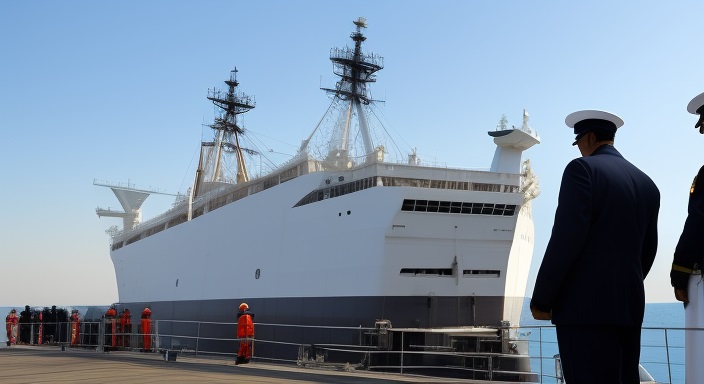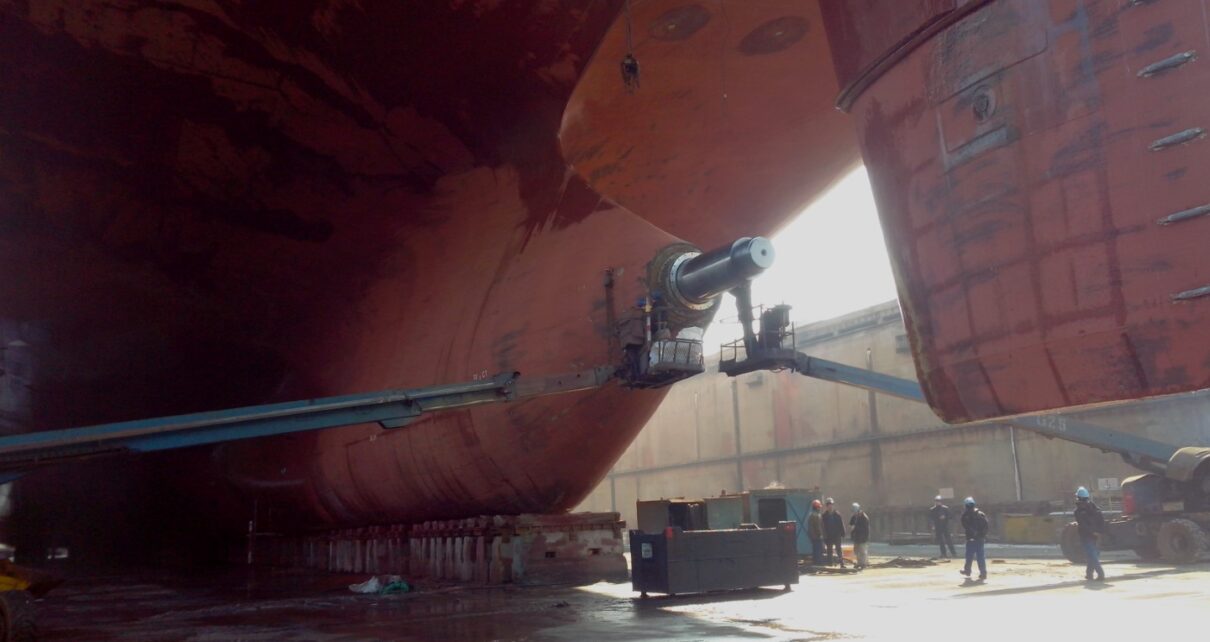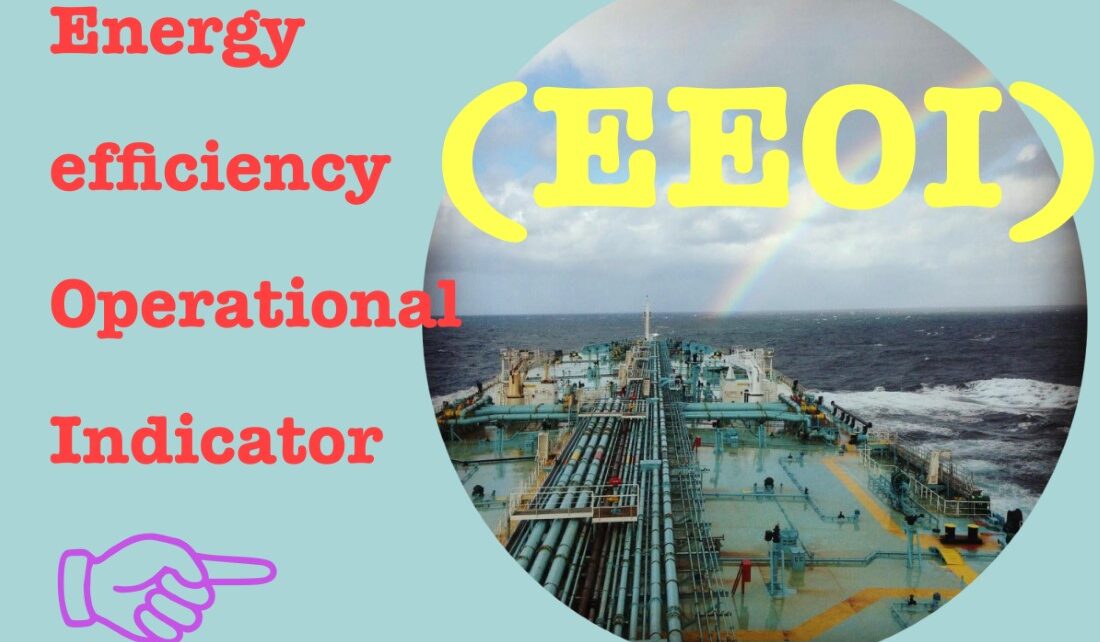If you work in the maritime industry, you may have heard of the term DPA, which stands for Designated Person Ashore. It is a key role for the proper implementation of the Safety Management System (SMS) onboard the vessels, as required by the International Safety Management (ISM) Code. The ISM Code is a set of […]
marinersgalaxy.com
Surging in Main Engine and Its Reasons
In this blog post, I will explain the surging reasons in the main engine of a ship, how to prevent them and what to do if they happen. Surging is a phenomenon that affects the performance and efficiency of the turbocharger, which is a device that increases the air pressure and flow to the engine […]
Solas Chapter 12-additional safety measures for bulk carriers
In this blog post, I will explain what is the Safety of Life at Sea (SOLAS) chapter 12 on ship and why it is important for bulk carriers. SOLAS is an international maritime treaty that sets minimum safety standards for the construction, equipment and operation of merchant ships. SOLAS chapter 12 deals with additional safety […]
EU MRV and the IMO DCS
EU MRV and the IMO DCS. The shipping industry is responsible for about 3% of global greenhouse gas (GHG) emissions, and this share is expected to increase in the future. To address this challenge, the European Union (EU) and the International Maritime Organization (IMO) have introduced two different but complementary regulations to monitor, report and […]
reasons engine lube oil pressure decreasing gradually
Diesel marine engines rely on lubricating oil to reduce friction and wear between moving parts, as well as to cool and clean the engine components. Lubricating oil pressure is an important indicator of the engine’s health and performance. If the lube oil pressure decreases gradually over time, it may indicate some potential problems that need […]
Tail Shaft Monitoring and Its requirements
Tail shaft monitoring is a system that enables operators to continuously observe and assess the condition of the tail shaft, which is the part of the propulsion system that connects the propeller to the engine. Tail shaft monitoring can help extend the interval between tail shaft surveys or withdrawals, which are mandatory inspections that ensure […]
Energy Efficiency Operational Indicator
Energy Efficiency Operational Indicator: A Tool for Improving Ship Performance. The shipping industry is responsible for a significant share of global greenhouse gas emissions and fuel consumption. According to the International Maritime Organization (IMO), maritime transport accounts for about 2.5% of global CO2 emissions and 3.1% of global energy demand. Reducing the environmental impact of […]
Carbon Intensity Indicator (CII)-Ratings Complete Details
How to Prepare for the Carbon Intensity Indicator (CII) Regulation The Carbon Intensity Indicator (CII) is a new regulation that will affect the shipping industry from 2023 onwards. The CII is a rating system for ships that measures their carbon efficiency and assigns them a score from A to E, where A is the best […]
Ship Energy Efficiency Management Plan
A Ship Energy Efficiency Management Plan (SEEMP) is a document that outlines how a ship can improve its energy efficiency and reduce its greenhouse gas emissions. A SEEMP is mandatory for all ships of 400 gross tonnage and above that are engaged in international voyages, according to the International Maritime Organization (IMO) regulations. In this […]
Energy Efficiency Design Index
Energy Efficiency Design Index stands for, which is a technical measure that aims at promoting the use of more energy efficient (less polluting) equipment and engines in new ships. The EEDI is measured in grams of carbon dioxide per ship’s capacity-mile. The smaller the EEDI, the more energy efficient ship design. Energy Efficiency Design Index […]









